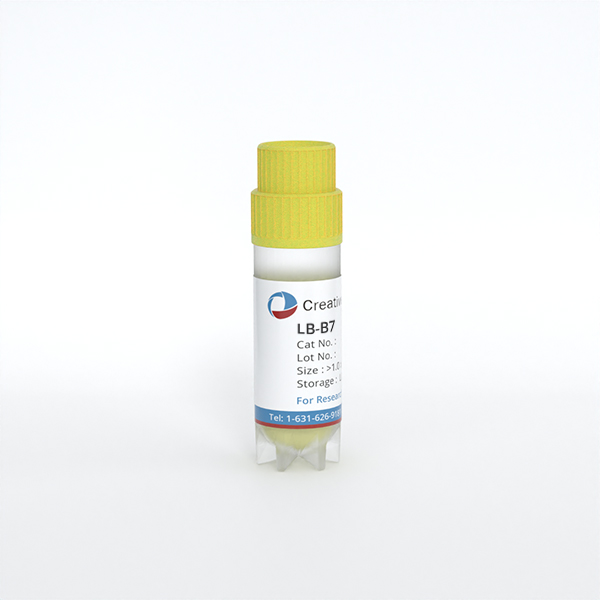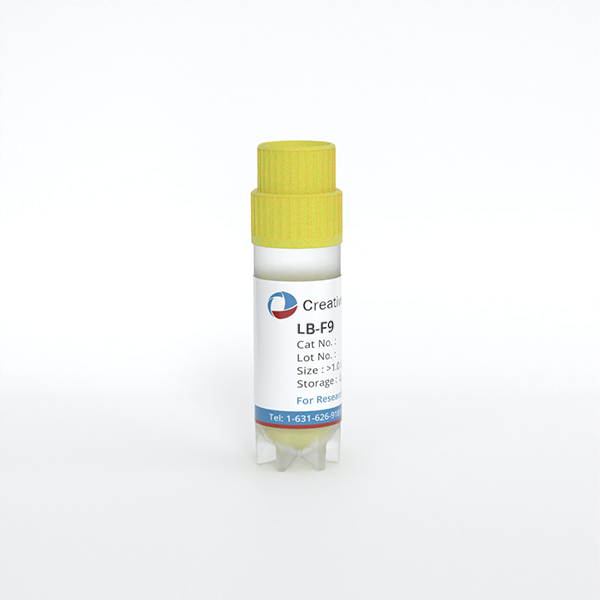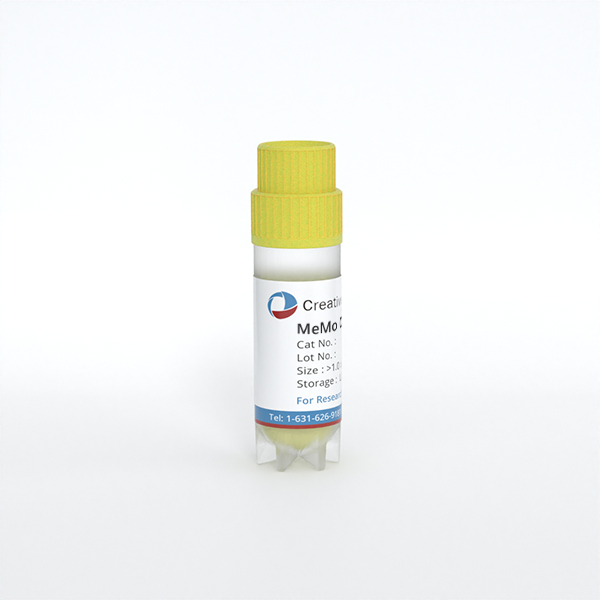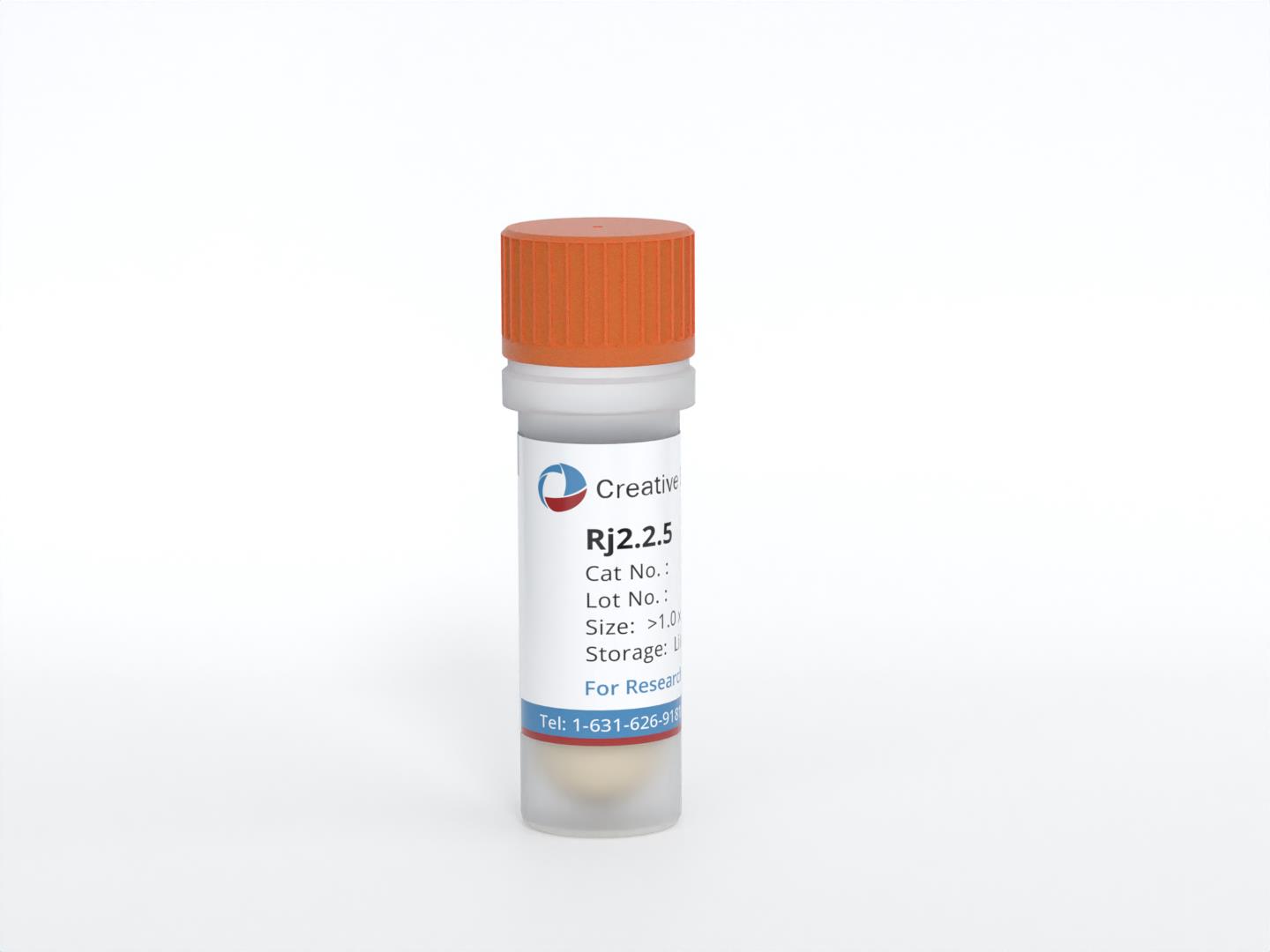Featured Products
Our Promise to You
Guaranteed product quality, expert customer support

ONLINE INQUIRY
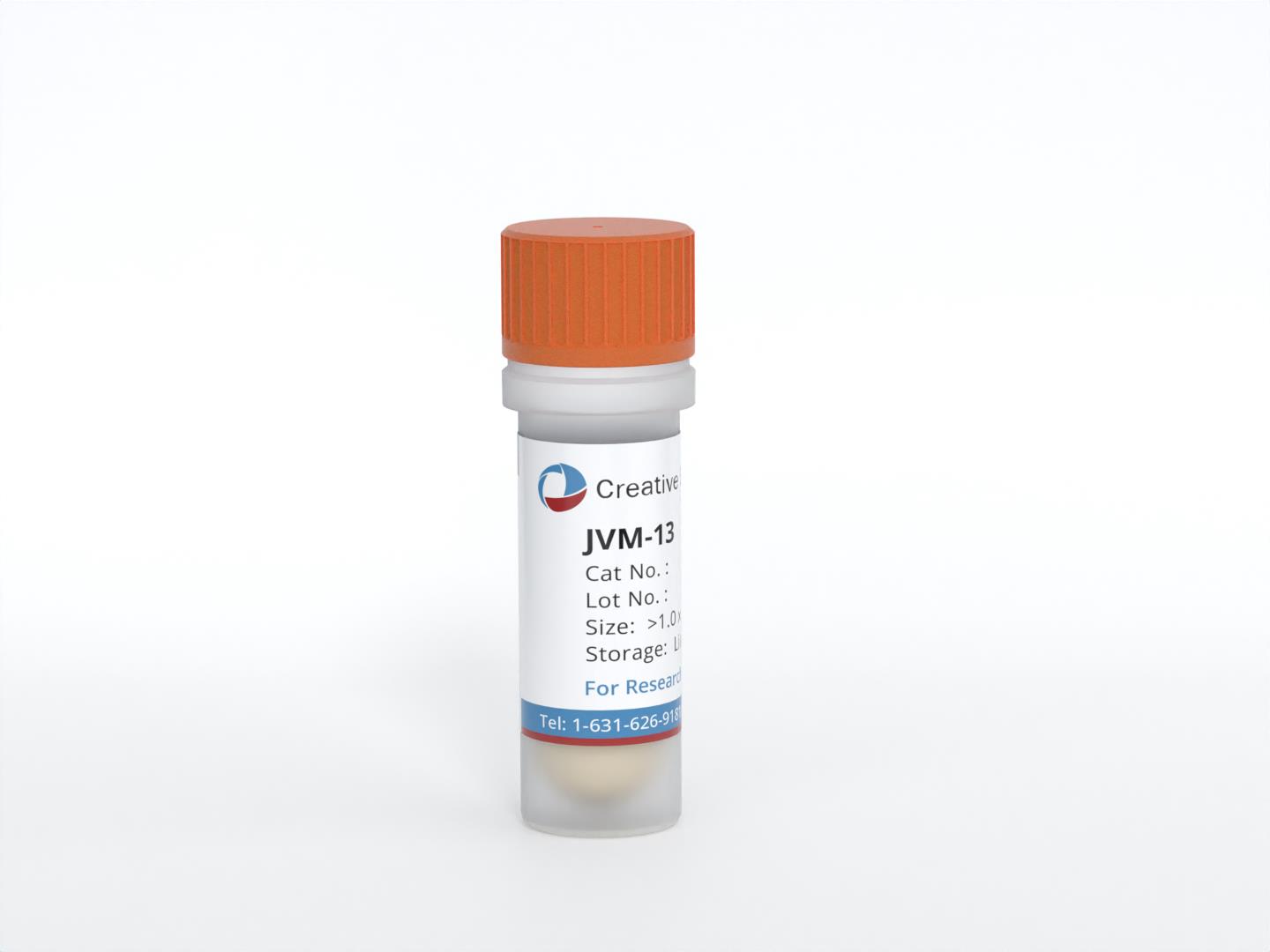
JVM-13
Cat.No.: CSC-C3406
Species: Human
Source: chronic B cell leukemia
Morphology: lymphoblastoid cells growing in clusters in suspension
Culture Properties: suspension
- Specification
- Background
- Scientific Data
- Q & A
- Customer Review
- Documents
Immunology: CD3 -, CD10 -, CD13 -, CD19 +, CD20 +, CD34 -, CD37 +, CD80 +, CD138 -, HLA-DR +, sm/cyIgM +, sm/cyIgG -, sm/cykappa -, sm/cylambda +
Viruses: ELISA: reverse
The JVM-13 cell line is a well-known cell line derived from the peripheral blood of a male patient diagnosed with B-lymphocytic leukemia (PLL). The cell line was established by the transformation of B-PLL cells using Epstein-Barr virus (EBV) during treatment with the phorbol ester TPA (12-O-tetradecanoylphorbol 13-acetate).
B-PLL is a rare and aggressive subtype of B-cell leukemia characterized by the proliferation of immature B lymphocytes with a prominent prolymphocytic morphology. It is considered a variant of chronic lymphocytic leukemia (CLL) with distinct clinical and pathological features. PLL typically presents with a high white blood cell count, splenomegaly (enlarged spleen), lymphadenopathy (enlarged lymph nodes), and bone marrow involvement. The establishment of the JVM-13 cell line has provided researchers with a valuable tool for studying the biology, pathogenesis, and therapeutic responses of B-PLL.
The transformation of the JVM-13 cells using EBV allows for their immortalization and long-term maintenance in cell culture. This provides researchers with a continuous and reliable supply of cells for experimental purposes. The use of TPA during the establishment of the cell line helps in promoting the growth and expansion of the transformed cells.
Shikonin Exert Antitumor Activity in JVM-13 Cells
Shikonin is a well-known antitumor substance that induces apoptosis, inhibits proliferation of cancer cells, and inhibits angiogenesis. The antitumor activity of shikonins in JVM-13, human B-PLL cells was explored. As shown in Fig. 1, derivatives of shikonin isobutyrylshikonin (IBS) and α-methylbutyrylshikonin (MBS) decreased the viability of JVM-13 cells in a dose-dependent manner. From a concentration of 110 μg/mL, both IBS and MBS reduced the viability of JVM-13 cells to 100% (Fig. 1).
As illustrated in Fig. 2, IBS- and MBS-induced apoptosis and the majority of JVM-13 cells were in or occurred during late apoptosis. Quantitative analysis of Bcl-2, Bax, Mcl-1, and Noxa molecules in JVM-13 cells strongly indicated apoptotic death of JVM-13 cells after treatment with MBS and IBS. Treatment of JVM-13 cells with IBS and MBS at a concentration of 2 µg/mL significantly attenuated the percentage of Mcl-1-expressing cells and significantly enhanced the percentage of cells that expressed the pro-apoptotic molecule Noxa, even at a lower concentration of 1 µg/mL (Fig. 2c). Analysis of Bax and Bcl-2 expression at mRNA levels also showed significant attenuation of Bcl-2 and enhancement of Bax mRNA levels after treatment of JVM-13 cells with IBS and MBS (Fig. 2d). The antiproliferative effects of testing molecules were evaluated by assessment of the Ki67 expression level in treated cells using flow cytometry. The percentage of Ki67-positive JVM-13 cells (Fig. 3) treated with IBS and MBS was significantly lower compared to untreated cells.
 Fig. 1 Dose- and time-dependent cytotoxicity of IBS and MBS on the JVM-13 cell line. (Todorovic Z, et al., 2021)
Fig. 1 Dose- and time-dependent cytotoxicity of IBS and MBS on the JVM-13 cell line. (Todorovic Z, et al., 2021)
 Fig. 2 IBS and MBS induce apoptotic death of JVM-13 cells. (Todorovic Z, et al., 2021)
Fig. 2 IBS and MBS induce apoptotic death of JVM-13 cells. (Todorovic Z, et al., 2021)
 Fig. 3 IBS and MBS attenuate the expression of Ki67 in JVM-13 cells. (Todorovic Z, et al., 2021)
Fig. 3 IBS and MBS attenuate the expression of Ki67 in JVM-13 cells. (Todorovic Z, et al., 2021)
Gram stain of tissue biopsy test involves using crystal violet stain to test a sample of tissue taken from a biopsy. The Gram stain method can be used on almost any specimen. It is an excellent technique for making a general, basic identification of the type of bacteria in the sample.
JVM-13 cells serve as a valuable model for studying B-prolymphocytic leukemia, providing insights into the molecular and cellular characteristics of this specific type of leukemia and offering opportunities to investigate potential therapeutic strategies.
The EBV-transformation during TPA treatment plays a crucial role in the establishment of the JVM-13 cell line and may influence the cellular behavior, gene expression patterns, and response to certain treatments, making it an intriguing subject for research.
By studying JVM-13 cells, researchers can identify potential genetic aberrations, signaling pathways, and treatment responses specific to B-prolymphocytic leukemia, thus contributing to the development of targeted and personalized therapeutic interventions.
Ask a Question
Average Rating: 4.7 | 3 Scientist has reviewed this product
Ideal
Creative Bioarray's products are ideal for studying specific types of cancer, allowing for more targeted research.
06 Dec 2022
Ease of use
After sales services
Value for money
Highly recommend
We highly recommend Creative Bioarray for providing high-quality JVM-13 cells and excellent service.
01 Jan 2024
Ease of use
After sales services
Value for money
Valuable tools
Creative Bioarray's JVM-13 cell products have been instrumental in our research on B-prolymphocytic leukemia. These cells have provided valuable insights into the molecular and cellular characteristics of this disease, helping us identify potential therapeutic targets.
23 Sep 2023
Ease of use
After sales services
Value for money
Write your own review
- You May Also Need


